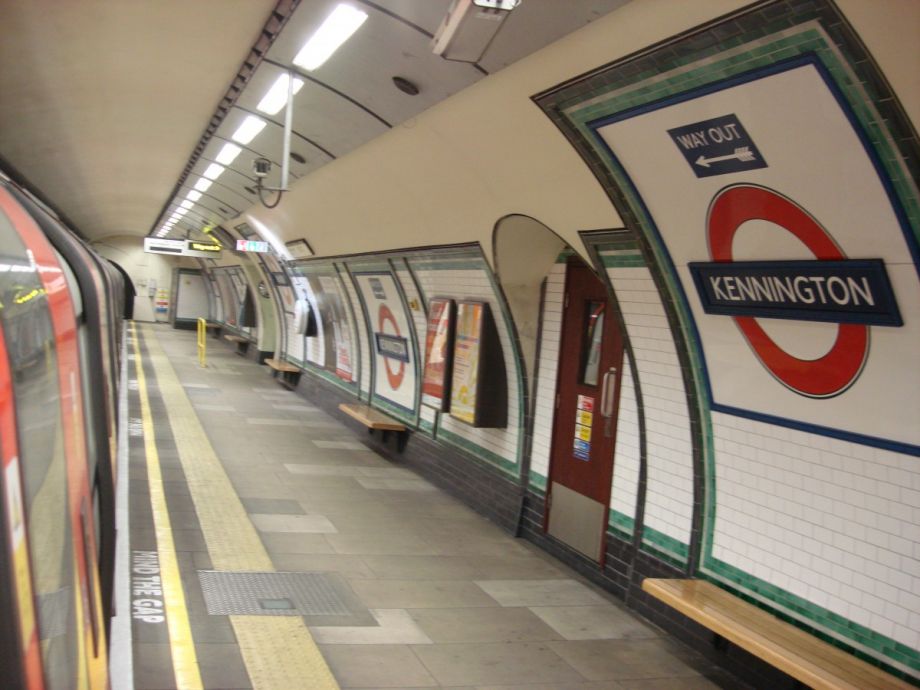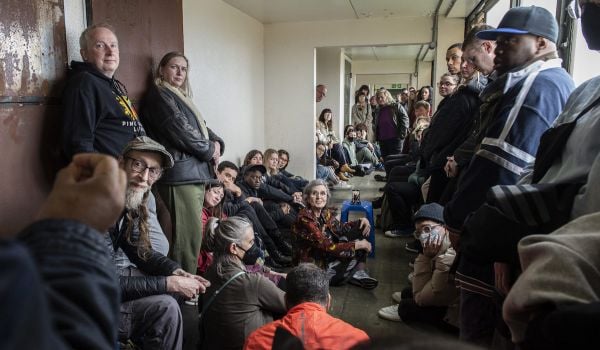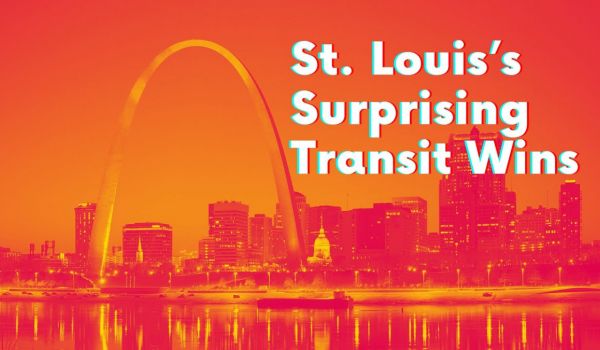Our weekly “New Starts” roundup of new and noteworthy transportation projects worldwide.
UK Town Seeks to Become “Very Light Rail” Innovation Hub
Dudley, a struggling industrial town northwest of Birmingham, England, has not had a direct passenger rail connection to the rest of the country since 1964, when the nationalized British Railways abandoned one-third of its total route mileage and closed half its passenger stations. Two stations roughly one mile outside of town offer rail service, but town officials in Dudley have endorsed a plan that would bring trains back into the center of the town and, they hope, revive its economy at the same time.
The proposal, as described in a BBC News report, calls for a new rail station and “innovation center” to be built on the site of the old Dudley railway station. The center would develop and test what the council called “the next generation of light rail systems” for sale to cities worldwide. One of those next-generation systems would provide the train service connecting Dudley with the nearest mainline railroad station at Dudley Port: a concept known as Very Light Rail (VLR). First proposed for the Australian city of Newcastle, VLR uses smaller, lighter-weight, hybrid-powered rail cars to furnish service at lower cost than for standard light rail.
Warwick Manufacturing Group, an arm of the University of Warwick, would operate the innovation center, which it says would bring 50 jobs to the town immediately; Dudley Council says the center could create hundreds of jobs for the town in the future. Work on the £20 million ($30.1 million U.S.) project could begin as soon as next year, with rail service resuming by 2020.
Loan Approved to Jump-Start London Northern Line Extension
Global Rail News reports that the European Investment Bank has approved a £480 million ($721.4 million U.S.) loan to cover about half the capital costs of a new extension of the London Underground Northern Line from Kennington to Battersea, with an intermediate stop at Nine Elms. The loan will enable construction of the extension to begin this spring.
The main construction work on the extension, seen as crucial to the redevelopment of the area around the shuttered Battersea Power Station as well as Nine Elms and Vauxhall, is being carried out by a joint venture, Ferrovial Agroman Laing O’Rourke, which was awarded a £500 million ($751.4 million U.S.) construction contract by Transport for London last November.
The extension’s projected £1 billion ($1.503 billion U.S.) total cost will be paid for entirely by the businesses that will benefit from its construction in one of the first large-scale applications of “value capture” to an urban rail construction project. Property tax revenue from businesses locating in the Nine Elms Enterprise Zone and the area around Battersea Tube station will cover much of the tab; the company that is redeveloping the Battersea Power Station will repay the EIB loan directly. The extension is projected to open in 2020.
Hamilton Council Vote Throws LRT Plan Into Doubt
Plans to build a light-rail transit line in Hamilton, the second metropolitan center on Canada’s Lake Ontario shore, were dealt a setback last week when Hamilton City Council voted 9-7 on Jan. 21st to dismantle a dedicated bus lane through its downtown.
CBC Hamilton reports that the close vote to terminate what had been a one-year pilot project begun in October 2013 flew in the face of both city transportation staff recommendations and public feedback on the lane’s merits.
The staff report stated that both motorists and bus riders supported the lane, which added about five minutes to drive time through downtown at the afternoon peak but carried nearly as many people as the other two general traffic lanes put together. Businesses along its route, however, disliked the lane, and it appears that their voices swayed the Council majority.
Many of the Hamiltonians who attended the council meeting wore yellow T-shirts and armbands to show their support for the lane. The city created the lane with proceeds from a grant from Metrolinx, the transportation planning agency for the Greater Toronto-Hamilton conurbation; to date, C$180,000 ($142,009 U.S.) of the grant had been spent on the lane. Another C$100,000 ($78,884 U.S.) of the grant will be spent on removing markings and signage on the lane.
One Hamilton City Council member who voted against eliminating the lane, Sam Merulla, told CBC Hamilton that the move will likely doom the city’s chances to secure C$1 billion ($789 million U.S.) in funding from Metrolinx to build a 13-km light-rail line from Eastgate Square to McMaster University. “I believe the money that was earmarked for Hamilton will end up in Mississauga because we’re imploding here this evening,” he said. Mississauga, just west of Toronto, is the second-largest city in Metrolinx’s jurisdiction.
Many of the bus lane supporters who packed the galleries for the council vote identified themselves as members of an as-yet-unnamed union of transit users in the Hamilton area; its organizers told CBC Hamilton that the group would meet soon to formally establish itself.
Know of a project that should be featured in this column? Tweet @MarketStEl using the hashtag #newstarts.
The Works is made possible with the support of the Surdna Foundation.

Next City contributor Sandy Smith is the home and real estate editor at Philadelphia magazine. Over the years, his work has appeared in Hidden City Philadelphia, the Philadelphia Inquirer and other local and regional publications. His interest in cities stretches back to his youth in Kansas City, and his career in journalism and media relations extends back that far as well.
Follow Sandy .(JavaScript must be enabled to view this email address)












